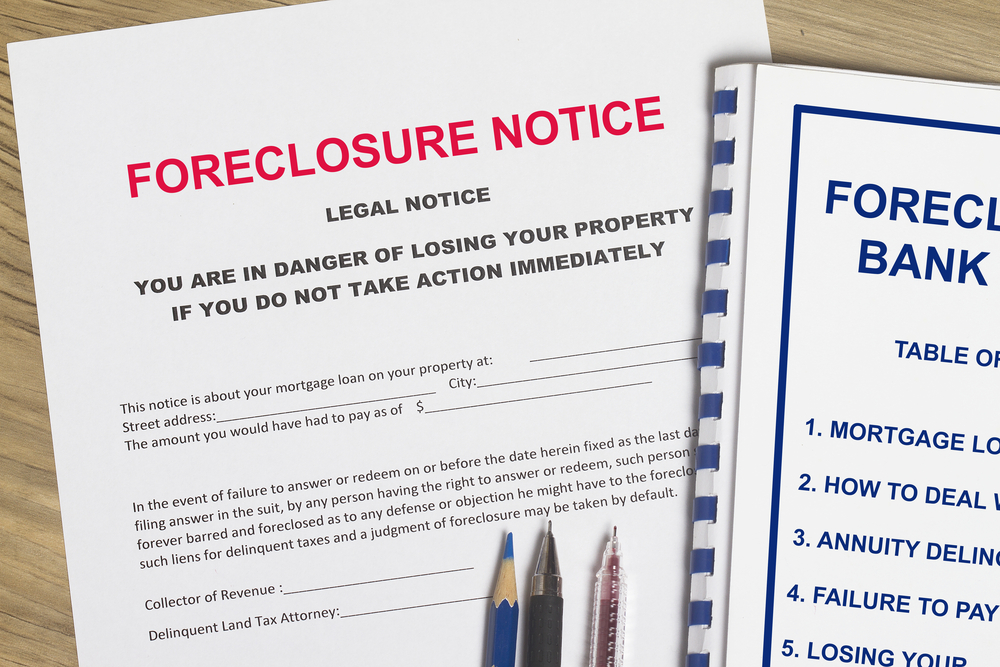
Although foreclosure rates are declining, compared to the staggering 2.23% in 2010, this real estate transaction remains necessary. While pursuing a foreclosure, it’s essential to recognize that every state has specific laws and procedures that may differ from that of other states. By getting to know the basic steps of foreclosure and then diving deeper into your state’s expectations, you can be confident that you have taken all the right steps in your real estate transaction.
Types of Foreclosure
Judicial Foreclosure
A judicial foreclosure requires that a bank or lender proceeds through the courts before taking steps towards a foreclosure. As one would expect, this significantly delays the completion of a foreclosure.
Non-Judicial Foreclosure
A non-judicial foreclosure does not require banks or lenders to pursue foreclosure through the courts. Instead, the lender must send a formal notification to the homeowner or building owner and file and Notice of Default with the county.
The Basic Steps of Foreclosure
The very first step, the reason for foreclosure, is when the borrower begins to miss payments or is repeatedly late on mortgage payments. While this can happen occasionally, foreclosure consequences occur when a property owner cannot make payments as a result of a permanent inability to contribute to the mortgage.
When significant delays or missed payments occur, the next step for the lender is to send a formal notice of default for the financial responsibility of the home. This letter serves as formal documentation of the beginning of the foreclosure process and must be sent 30–60 days after the payment deadline has been missed.
There are occasions when lenders and homeowners can come to a mutually beneficial action plan to stop the foreclosure process. This is the stage where homeowners can ask for reinstatement, repayment, or forbearance on the mortgage.
If your state is a judicial versus a non-judicial state, your foreclosure process will include a different degree of court involvement in filing the paperwork necessary to continue the foreclosure process.
If the foreclosure comes to this point, and the borrower can no longer make payments on the mortgage, the lender may foreclose the building, gaining the ability to take possession of the property and sell it.
Find the Exact Foreclosure Procedures in Your State
Foreclosure processes aren’t one-in-the-same; imagine going through the steps of foreclosure just to learn that your state’s laws are different! To see the relevant laws and foreclosure procedures in your state, as well as all 51 jurisdictions in the United States, purchase The Ultimate Real Estate Transaction Compliance Manual from System 2 Thinking.
About System 2 Thinking
System 2 Thinking is trusted by real estate service providers, tech startups, and Fortune 1000 companies to consistently deliver transformational outcomes in competitive environments.
We drive innovation and fuel business acceleration with compliance consulting, licensing, innovation strategies, technology rollouts, and process optimization.